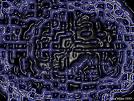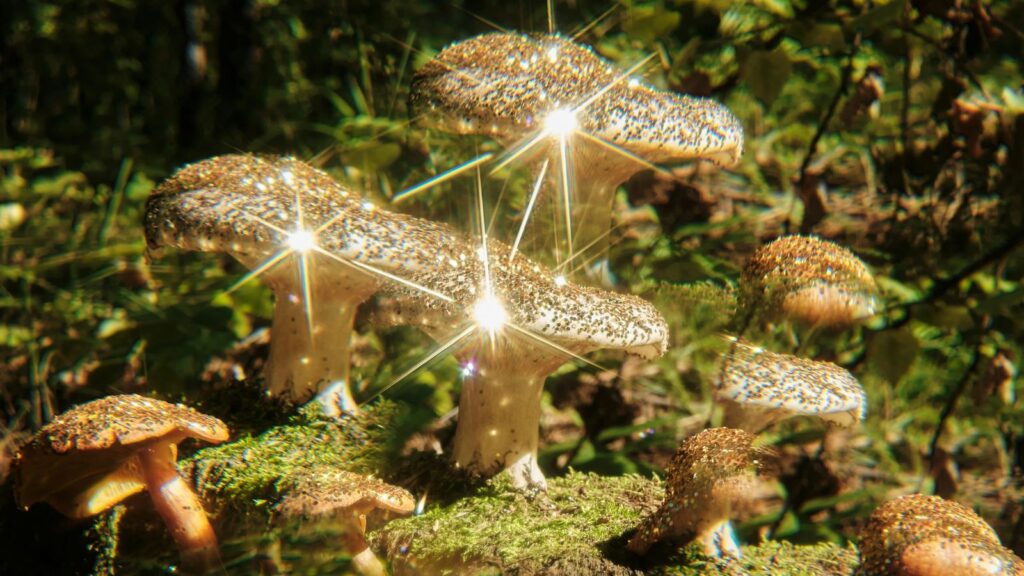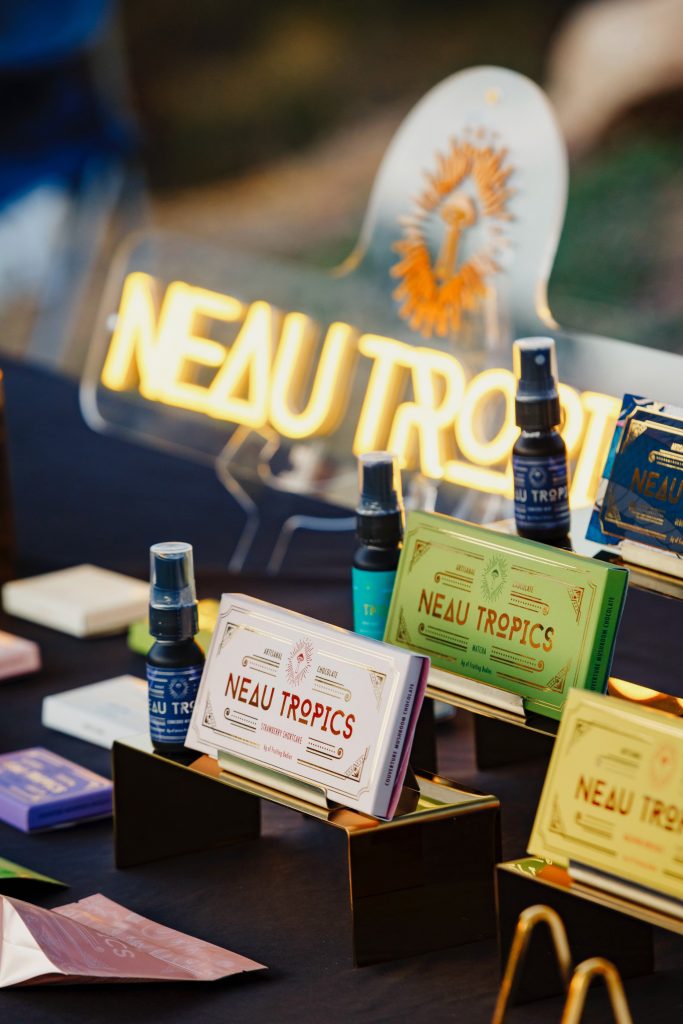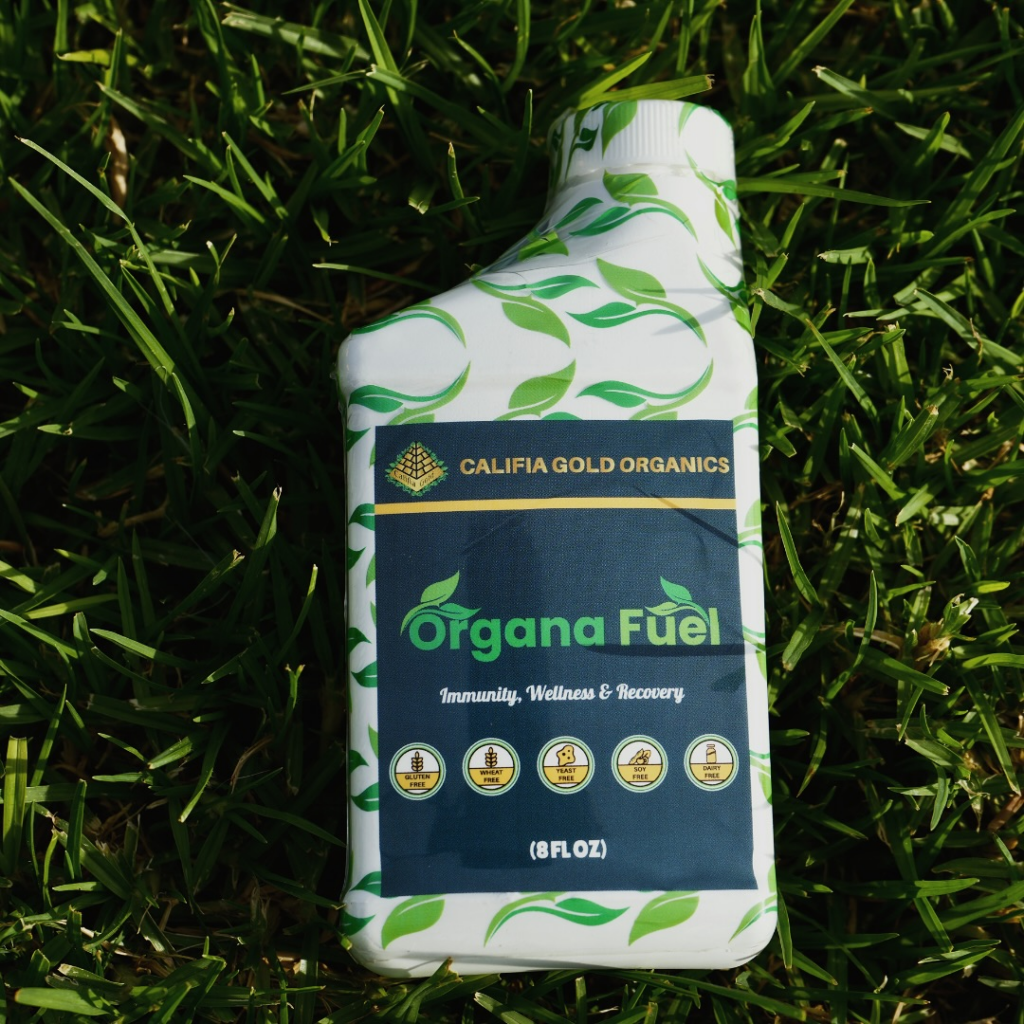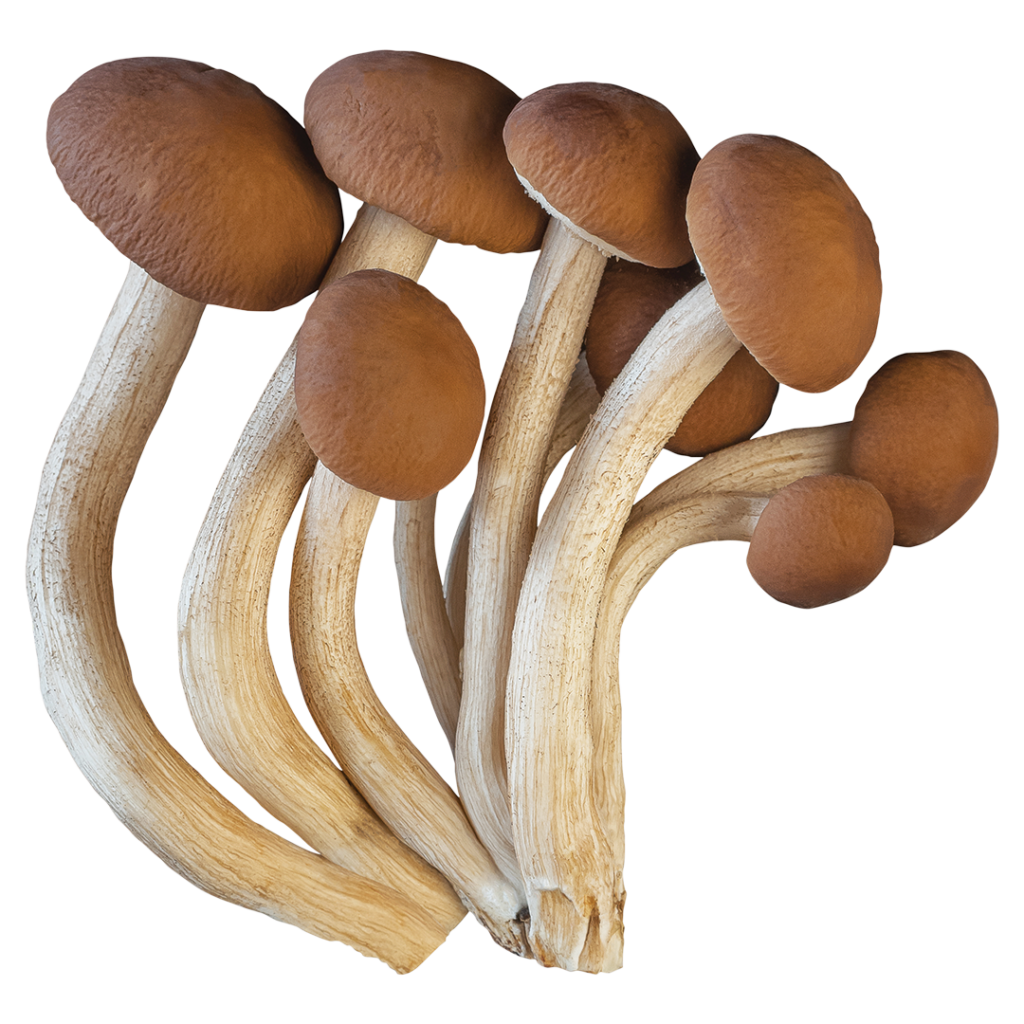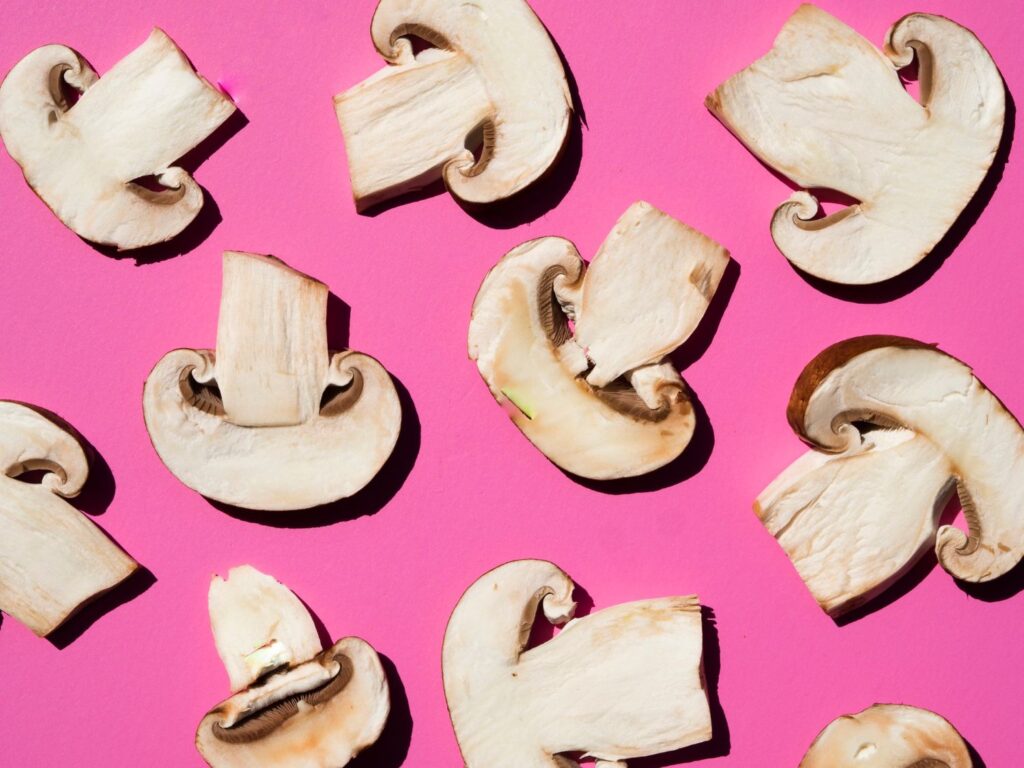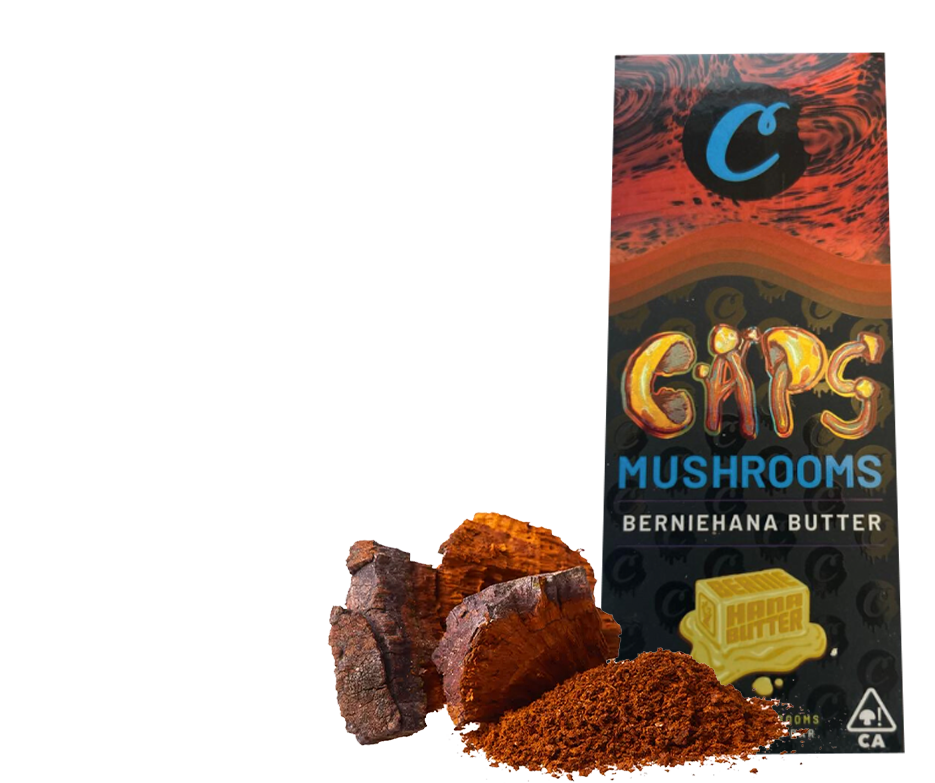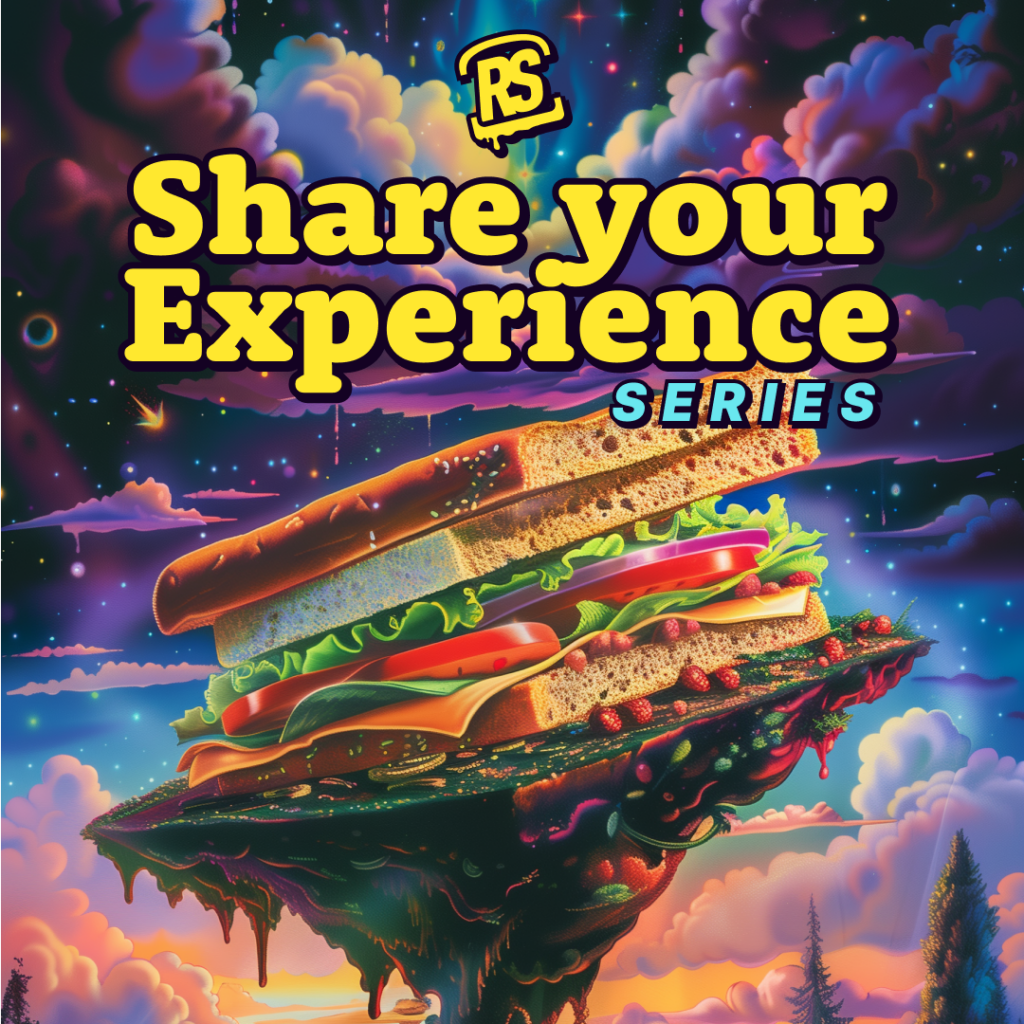Ivan “Chip” Frederick, the now 40 year-old son of a coalminer and a homemaker from Oakland, Maryland, describes his mother as supportive and caring, and his father as very good to him. All of his life he has attended Baptist church services, and to this day considers himself a spiritual and moral person. His sister adored him – she fondly remembers the delight Chip took in feeding the family dog peanut butter. After attending the local community college, he found work as a correctional officer, demonstrating an almost blameless record, before joining the United States Army in 1984, where his exemplary performance led to the award of nine medals. Frederick described himself as a perfectionist, loved neatness, and disliked being alone or feeling rejected by others – he was willing to change his mind to accommodate others so that they would not be “mad at [him] or hate [him].”
In his recent novel The Castle in the Forest, Norman Mailer invokes the Devil in the genesis of young Adolf Hitler’s nascent psychopathology; in Hannibal Rising, Thomas Harris’s recent prequel to his serial killer series, the author cites Nazi atrocities as pivotal in young Lector’s upbringing. By contrast with these demonic early traumata, we find in Chip Frederick’s biography a young man who likes Nascar and pressing his trousers neatly, and who gets depressed when left alone.
In October 2003, Frederick found himself responsible for 400 prisoners in a facility in Camp Vigilant, one of four compounds in the Abu Ghraib prison in Iraq – a step up from the 100 prisoners he had supervised back home, but one with which he could initially cope. However, shortly after President George W. Bush announced “Mission Accomplished,” instead of the compliant and joyful Iraqi citizenry of which Bush administration pre-war propaganda had confidently prophesied, with the country rapidly disintegrating into insurgent violence, the number of detainees under Frederick’s watch had tripled by December 2003. With no special training for this new assignment, under no supervision, Frederick worked the 12-hour night shift for forty nights straight. When he wasn’t working, he slept in a prison cell. He describes his working conditions to Stanford psychologist and author Philip Zimbardo thus:
"I couldn’t find supplies to keep the facilities clean. The plumbing was bad. Shit was backed up in the Porta-Potties. There was trash and mold everywhere…. It was nasty in there. There were human body parts in the facility…. There was a pack of wild dogs running around [still present from the days when those executed by Saddam were buried in part of the prison and wild dogs would dig up their remains.] You know I was so mentally drained when I got off in the morning, all I wanted to do is sleep."
One night near the end of October, Frederick attached electrodes to the left hand of Satar Jabar, the Iraqi prisoner whose hooded spectral image was to become the iconic representation of Abu Ghraib’s atrocious descent into hell. Under Frederick’s watch, prison guards watched or directly participated in the torture or humiliation of numerous prisoners.
Frederick, who feared the disapproval of his peers for not fitting in, had been driven into barbarism. As with Adolf Eichmann, famously psychopathologised by Hannah Arendt in 1963 in her seminal work Eichmann in Jerusalem: A Report on the Banality of Evil, no sulphur and brimstone announced the metamorphosis of Ivan Frederick from Joe Normal to Lucifer: demonic acts appear, in both cases, to have emerged from the minds of “normal” men.
How does this happen? For Zimbardo, who went on to testify as an expert witness in Frederick’s defense at his military trial, Frederick was strongly influenced by “situational pressures” that determined the scope of his actions. As opposed to the classic “bad apple” argument advanced by then U.S Secretary of Defense Donald Rumsfeld – that is, putting the blame for the atrocity at the feet of individual rogue soldiers – Zimbardo argued that Frederick’s mental processes and behaviors were heavily influenced by the dehumanizing conditions of Abu Ghraib and the explicit disavowal of human rights made by Frederick’s military and civilian superiors, all the way up the chain of command to Rumsfeld and Bush themselves. Zimbardo quotes a Human Rights Watch investigation citing evidence that Rumsfeld explicitly authorized torture at Abu Ghraib.
Thus, Frederick was not so much a “bad apple,” as one apple in a “bad barrel”: the whole system was rotten, Zimbardo argues in The Lucifer Effect. Like the professor’s pioneering 1971 investigation into the social psychology of evil — the so-called Stanford Prison Experiment (in which a simulated prison quickly descended into sadism) — Frederick’s personal moral intuitions had been corrupted by social forces. The judge at Frederick’s trial rejected Zimbardo’s mitigating arguments, sentencing the accused to eight years in prison, forfeiture of pay, a dishonorable discharge and a reduction in rank to private. (To apotheosize Sergeant Frederick’s Sophoclean descent from suburban normality to felon, his wife subsequently divorced him.) But where justice has so far failed to deliver equitable punishments to all parties responsible (in Zimbardo’s opinion) for Abu Ghraib, Zimbardo calls for an international prosecution of the broader criminal case. As parties directly complicit in the Abu Ghrab atrocity, Rumsfeld and Bush deserve to be charged with crimes against humanity, Zimbardo argues (a forthcoming website set up by Zimbardo will allow readers to vote on the guilt or innocence of President Bush and other top administration officials on war crimes charges).
So far, so grimly familiar: homo sapiens may lie somewhere halfway between ape and angel, but the vicious half of the human psyche seems tragically irrepressible despite quantum leaps forward in our material and technological capacities, the evolution of morality failing to keep pace with the advance of guns and steel. By this logic, only so many missile defense shields and Jack Bauer-style torture interrogations can stave off inevitable atrocity and apocalypse, or as Bertrand Russell put it:
"There lies before us, if we choose, continual progress in happiness, knowledge, and wisdom. Shall we, instead, choose death, because we cannot forget our quarrels? We appeal as human beings to human beings: Remember your humanity, and forget the rest. If you can do so, the way lies open to a new Paradise; if you cannot, there lies before you the risk of universal death."
Yet the optimism nestled in Russell’s scary proposal is the inviolability of free will. (Was St. Augustine on to something, after all, with his doctrine of the felix culpa, or “fortunate fault” – the idea that humanity’s propensity for wrong-doing is the pre-requisite of our freedom of consciousness?) In a much criticized work, The Blank Slate, Harvard psychologist Steven Pinker argues that nature almost invariably wins out over nuture and that hardwired (mainly brutish) behavioral tendencies will always out. But such Hobbesian socio-biological yarns purportedly demonstrating the mighty clout of the selfish gene in rendering evil unavoidable ignore the striking counter-evidence of humanity’s better half. Evolutionary models sometimes go further and argue that even altruism or heroism are genetically determined as the result of “group selection,” but this logic quickly collapses into a Just So story, neatly subsuming all irksome counter-evidence in an ever-ballooning explanatory circle. Conclusive proof of genetic determinism notwithstanding, we are faced with a humanity perhaps mired in the gutter but still looking at the stars – a commingling of meat and mystery.
If so, the question then becomes: will good yet triumph over evil, and if so how? If evil is a choice rather than a biological destiny – if atrocity and war are perhaps theoretically eradicable in the same way that civilization consigned female infanticide and slavery to the historical dustbin – what are the likely candidate strategies for making sure we avoid an eternal return of our species’ bloodiest blunders?
First, we will need to answer Joel Surnow, creator or hit television drama series 24. As The New Yorker reports of the show’s classic approach to the ethical conundrum of whether torture is ever morally justifiable:
"Terrorists are poised to set off nuclear bombs or bioweapons, or in some other way annihilate entire cities. The twisting story line forces Bauer [the protagonist] and his colleagues to make a series of grim choices that pit liberty against security. Frequently, the dilemma is stark: a resistant suspect can either be accorded due process–allowing a terrorist plot to proceed–or be tortured in pursuit of a lead. Bauer invariably chooses coercion. With unnerving efficiency, suspects are beaten, suffocated, electrocuted, drugged, assaulted with knives, or more exotically abused; almost without fail, these suspects divulge critical secrets."
While the “ticking time bomb” scenario frequently depicted by the show may be fanciful, and the efficacy of torture as an intelligence-gathering tool questionable (according to the U.S. Army, quoted in the New Yorker piece), a post-911 urgency highlights fault-lines in the classic utilitarian defense of violence in regard to the ethics of torture and the attendant debate about the nature of wartime “evil.” Early in The Lucifer Effect, Zimbardo defines evil thus:
"Evil consists in intentionally behaving in ways that harm, abuse, demean, dehumanize, or destroy innocent others – or using one’s authority and system power to encourage or permit others to do so on your behalf."
Interviewed by phone and email for this article, Zimbardo conceded that the word “innocent” applied to “others” in this definition raises the problematic issue of defining “guilt” or “innocence” in relation to those victimized by the perpetrators of evil. Asked about the U.S. atomic bombings of Hiroshima and Nagasaki in 1945, Zimbardo uncategorically classes the Hiroshima bombing as evil and the Nagasaki bombing as “doubly evil” (the latter thus because it was really the first act of the Cold War, rather than the last act of WWII: at least 70,000 people burned as a message to Joseph Stalin). Zimbardo’s insistence on the absolute moral wrongness of the bombings stands in brave defiance to the common defense that the bombs “saved lives” by preventing a U.S. invasion of the Japanese mainland. However, since the “innocence” reference of his definition might lead some readers to wonder if there are indeed hypothetical cases in which victims are not innocent and whose treatment, however painful, could not therefore be construed as “evil” (this, after all, is the Hiroshima defense, the Abu Ghraib defense, the Dick Cheney defense) – I press Zimbardo for a redefinition. He offers the following:
"Evil is the exercise of power to intentionally harm (psychologically), hurt (physically) or destroy (mortally or physically) other people."
To this definition, Zimbardo adds a striking coda that speaks beyond the phenomenon of evil itself to its seductive societal and psychic allure:
"Our fascination with evil is less from its consequences than from its demonstration of power and dominance to control people, animals or the environment, and is greater the more creative and unique it is, more raw and absolute."
If this coda is accurate, does Hollywood mythologize the Zodiac killer or John Wayne Gacy because they symbolize an enviably extreme concentration of power and dominance? Some theorists have argued that psychopaths lack a Theory of Mind – an intuitive understanding that you think and feel pretty much just like I do – and that this deficit is possibly related to the activity (or lack thereof) in cells of the orbitofrontal cortex called mirror neurons that contribute to the simulation of internal experience in other human beings. Hence the psychopath, perhaps lacking this critical simulacrum of the sentient Other, feels no pain when he induces it in his victim, and can thus dominate his prey with unconscionable liberty. By contrast, a compassionate person experiences a neighbor’s suffering as partly her own, because at the neuronal level she mirrors this suffering. (In Deconstructing the Psychiatric Bible, I showed how neuropsychonalysis is now replacing “single skull” neurology with an interpersonal and interpsychic model of development and psychopathology; I will be excited to find out more about mirror neurons and their role in this model.) If so, what happens to the Sergeant Fredericks and Adolph Eichmanns of the world once they’ve been lured to the Dark Side: how and why do the mirror neurons stop reflecting the pain outside?
One answer to this question may lie in the unlikely form of How to Build A Universe That Doesn’t Fall Apart Two Days Later, a 1978 speech by science fiction novelist Philip Kindred Dick, an author whose cultural and philosophical influence has grown to near-cultic proportions since his death four years thereafter – a popular blossoming in recent times arguably driven by a gradual convergence between the real world of post-911 existential paranoia and the spooky Gnostic ruminations of the writer’s imaginative terrain. Creator of the novels A Scanner Darkly and Minority Report (both now movies) and the short story on which the film Bladerunner is based, Dick used his fiction to explore the nature of reality and the question of what it means to be “authentically human,” this latter issue proving especially perplexing for the literary psychonaut, since he believed that reality is multiple, often hidden from plain sight, and distorted by powerful elites for malign purposes.
For Dick, the cosmos resembles a colossal prison experiment designed to no apparent purpose by an invisible hand: “some of us are prisoners, and some of us are guards,” as Bob Dylan sang. That the prison is simulated does not diminish its power (as the subjects of Zimbardo’s 1971 Stanford experiment discovered). However, to realize the prison’s simulated nature is to illuminate the artificer’s hand, and thus potentially to shift the shape of the simulation. “The mind is its own place and in itself, can make a Heaven of Hell, a Hell of Heaven,” wrote Milton in Paradise Lost. But are there limits to such solipsistic grandiosity? Yes, we must ultimately face the constraints of Reality, defined by Dick as follows: “Reality is that which, when you stop believing in it, doesn’t go away.” (Hopefully, President Bush is not real). But within these limits of the Real, there’s a great deal of creative freedom. To be authentic is to resist the seduction of groupthink, to endure the aloneness that Chip Frederick could not tolerate and without which his Baptist principles meant zero. Dick writes:
"The authentic human being is one of us who instinctively knows what he should not do, and, in addition, he will balk at doing it. He will refuse to do it, even if this brings down dread consequences to him and to those whom he loves. This, to me, is the ultimately heroic trait of ordinary people; they say no to the tyrant and they calmly take the consequences of this resistance. Their deeds may be small, and almost always unnoticed, unmarked by history. Their names are not remembered, nor did these authentic humans expect their names to be remembered. I see their authenticity in an odd way: not in their willingness to perform great heroic deeds but in their quiet refusals. In essence, they cannot be compelled to be what they are not."
Zimbardo retired from lecturing at Stanford this week. He also announced that, after a distinguished career investigating the horrible things that people do to each other, in this era of “extraordinary renditions” and terrorist dirty bomb plots he is now more interested in a corresponding topic which Dick would admire: the nature of heroic acts, big and small.
If Dick is to be believed, perhaps there is hope for humanity and grist for Zimbardo in the next generation:
"The power of spurious realities battering at us today– these deliberately manufactured fakes never penetrate to the heart of true human beings. I watch the children watching TV and at first I am afraid of what they are being taught, and then I realize, They can’t be corrupted or destroyed. They watch, they listen, they understand, and, then, where and when it is necessary, they reject. There is something enormously powerful in a child’s ability to withstand the fraudulent. A child has the clearest eye, the steadiest hand. The hucksters, the promoters, are appealing for the allegiance of these small people in vain. True, the cereal companies may be able to market huge quantities of junk breakfasts; the hamburger and hot dog chains may sell endless numbers of unreal fast-food items to the children, but the deep heart beats firmly, unreached and unreasoned with. A child of today can detect a lie quicker than the wisest adult of two decades ago. When I want to know what is true, I ask my children. They do not ask me; I turn to them."
“Blank slate” romanticism? Maybe. But let’s not forget that Theory of Mind – our mirroring, compassionate capacity – apparently emerges in toddlerhood, and that arguably the roots of good and evil may well lie there, too. Let’s also remember the fate of Adam in Book XI of Milton’s Paradise Lost: after his ejection from Eden for eating the apple from the Tree of Knowledge, Adam is transported by the Archangel Michael to a high hill, from which he observes a seemingly infinite succession of future progeny corrupted by his first taste of evil, of which Michael remarks:
"Adam, now ope thine eyes, and first behold
The effects which thy original crime hath wrought
In some to spring from thee, who never touched
The excepted Tree, nor with the Snake conspired,
Nor sinned thy sin, yet from that sin derive
Corruption to bring forth more violent deeds."
Milton gives Adam and Eve the power to resist the Snake and put an end to violent deeds in the future: “The world was all before them,” reads the poem’s last stanza. So, if Zimbardo and not Lucifer triumphs, maybe the world really won’t fall apart in the next two days after all…
Image: Creative Commons: http://www.nanogirl.com
Read more at http://www.neurotransmission.org
